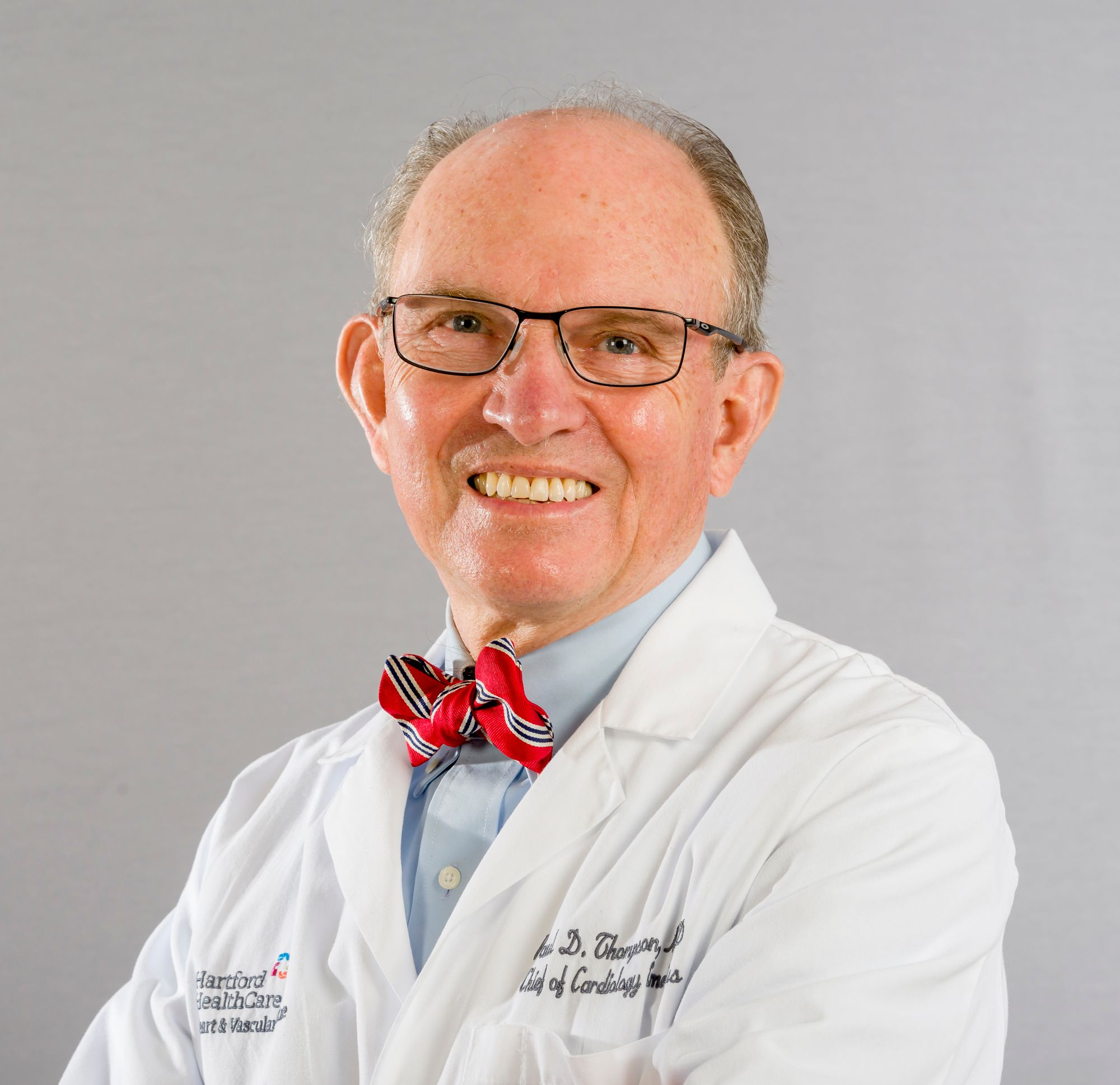Black's Crack in Coronary Plaque, with Paul D. Thompson, MD
Dr. Paul Thompson reflects on the cardiology's community journey of understanding related to coronary plaque, sudden cardiac death, and acute coronary syndromes.
Paul D Thompson, MD

I published my first article on exercise-related sudden cardiac death (SCD) in 1979.1 It described 17 men and 1 woman who died jogging or running. That doesn’t seem very novel or worthy of a JAMA publication because we all now know that vigorous exercise acutely, but transiently, increases the risk of SCD and acute myocardial infarction (AMI). But in my defense, that article was published during the jogging boom of the 1960-70s and, during the time, that Dr. Thomas Bassler, a California pathologist, maintained that running a marathon (a 42 km footrace) conferred protection against coronary artery disease (CAD) events.
Dr. Bassler had an extensive publication record based entirely on letters to the editor that cited prior letters to the editor as verification for the “Bassler Hypothesis”. So, that paper got a lot of publicity. That publicity was even greater because Jimmy Carter, then-President Jimmy Carter, nearly collapsed on September 15, 1979, while running a road race. The New York Times’ front page had a picture of the President being supported by Secret Service agents. My article was to be published on September 21, 1979, but JAMA moved it up so that Jimmy and my article shared the Times’ front page.
Not long after, I received a letter from Dr. Asher Black. Dr. Black was a practicing cardiologist in Syracuse, NY. In 1975 he had described autopsy or angiographic evidence of a “coronary artery injury” in 12 patients whose ACS or SCD occurred during exercise. 2 Dr. Black’s report preceded widespread recognition of the role of plaque rupture in ACS. He called it “Black’s Cracks in the Plaque”. We never met, but corresponded until his death.
Later, I met Dr. Peter Libby when he was at Tufts. Dr. Libby told me that he was researching what prompted acute cardiac events, which became the focus of his life’s work. Dr. Libby subsequently summarized the characteristics of the vulnerable plaque including a lipid rich core, increased inflammatory cell activity, and a thin fibrous cap.3 The theory is that an increased lipid rich core, attracts white blood cells that make collagenase that dissolve collagen in the fibrous cap contributing to plaque rupture. Even later, I met a researcher from Dr. Renu Virmani’s lab, then at the Armed Forces Institute of Pathology. This person was presenting a poster on plaque erosion in SCD victims demonstrating that plaque rupture was not the entire story.
Most of us are more familiar with plaque rupture than plaque erosion, but a recent JAMA review by Dr. Libby and others suggests that plaque erosion as cause of acute ACS is becoming more frequent.4 That’s because widespread use of statins and other lipid-lowering medications reduce plaque cholesterol and may reduce ACS events from plaque rupture but not from plaque erosion. Flow disruption in the coronary arteries activates the innate immune toll-like receptor 2. This can lead to endothelial cell death with subsequent desquamation of the endothelial surface. This may lead to the formation of neutrophil extracellular traps (NETS) and platelet-rich coronary thromboses. As cited in the review, 30% of SCD victims and 25-44% of ACS patients have plaque erosion as the cause of their cardiac event. 4
Victims of plaque erosion are different from those with plaque disruption.4 They tend to be younger, with fewer traditional risk factors, more non-ST segment elevation MIs (NSTEMI), a lower total plaque burden, more frequent LAD involvement, and hemoglobin (hgb) values >15 g/ml. This hemoconcentration increases blood viscosity and could increase wall stress. Indeed, among 593 patients with ACS, 73% of those less than 68 years of age, with anterior wall ischemia, no diabetes, normal kidney function, an hgb greater than 15, and a NSTEMI had plaque erosion of the cause.
This is of only scientific interest now, but Dr. Libby and colleagues suggest that patients with ACS and plaque erosion may be treated medically without stenting in the future because they tend to have larger coronary lumens, more platelet rich thrombi, amenable to anti-platelet therapy, and less other atherosclerosis. Only the future will tell, but now it is becoming increasing clear that Black’s crack in the plaque is not the whole ACS story.
1. Thompson PD, Stern MP, Williams P, Duncan K, Haskell WL, Wood PD. Death during jogging or running. A study of 18 cases. JAMA 1979;242:1265-7.
2. Black A, Black MM, Gensini G. Exertion and acute coronary artery injury. Angiology 1975;26:759-83.
3. Libby P. Molecular bases of the acute coronary syndromes. Circulation 1995;91:2844-50.
4. Kolte D, Libby P, Jang IK. New Insights Into Plaque Erosion as a Mechanism of Acute Coronary Syndromes. JAMA 2021;325:1043-4.